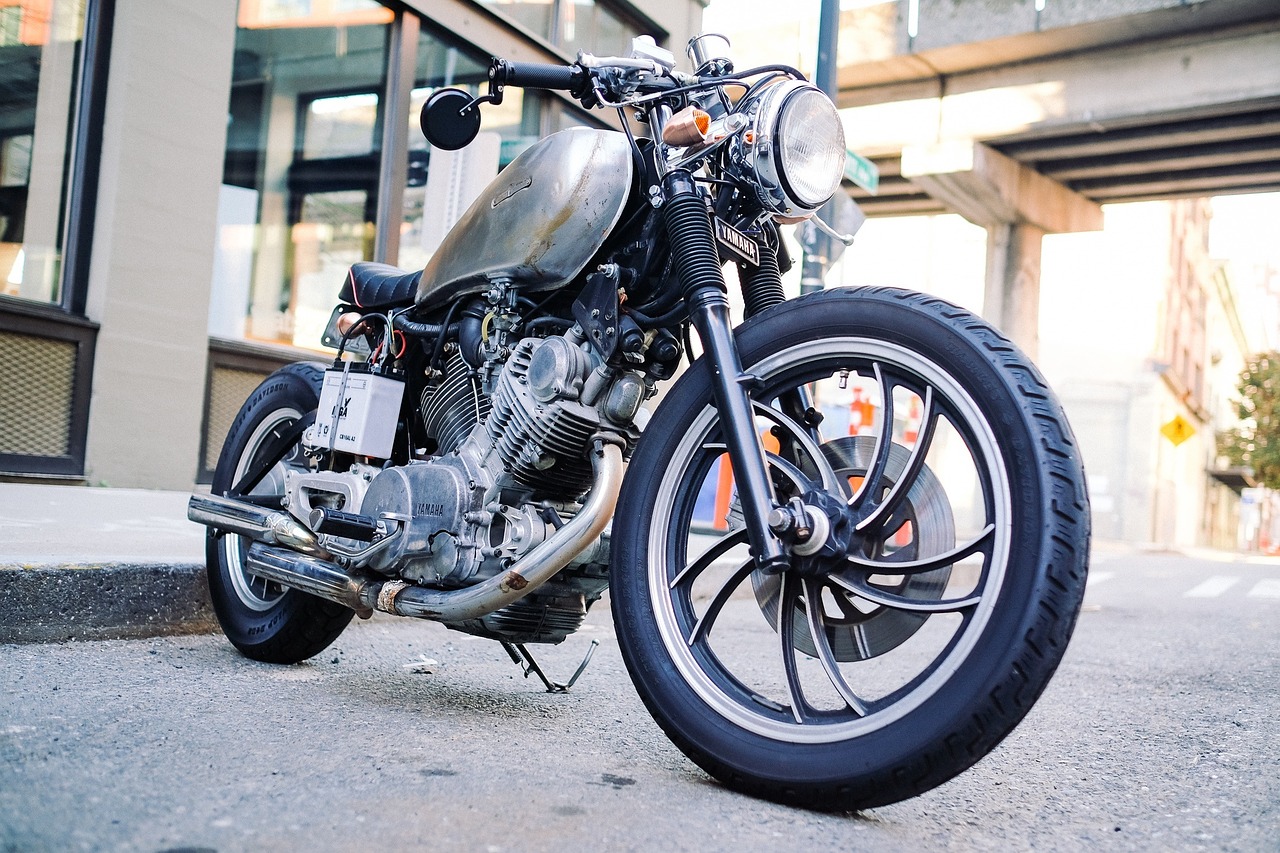Motorcycles
Taking Care Of Your Motorcycle In 7 Easy Steps

It’s a simple rule in the world of bikes and choppers that if you take care of your motorcycle, your motorcycle will take care of you. If you want to prevent accidents and increase the longevity of your bike, you need to ensure it is well looked after.
Here is an easy 7 step guide to proper motorcycle maintenance, which will remind you of the basics in motorcycle maintenance and give some tips on how to make the most of your motor investment.
1. Live by the manual
Even motorcycle mechanics needs to refer to a manual now and then, so if you are not an expert then you too should be reaching for your manual at every chance you get. If you have any questions about maintenance for your particular motorcycle model, then the best reference you can get is one made by the people who also made your bike. Owners or service manuals are a treasure trove of information, and are an invaluable investment for anybody new to motorcycles or even enthusiasts who have bought an unfamiliar new bike. If you do not already have the manufacturer’s owners manual, then picking one up can be a pricey affair. Getting a second hand manual or a manual by a respected third-party like Clymer could be a way to get all the benefits whilst saving yourself some cash.
2. Keep an eye on the oil
Manufacturers will often recommend an oil brand they or their associates create, so sometimes their advice can be more than a little biased. There is very little consensus in the biker community about what kind of oil is best for what bikes, so the only advice one can give here is really to do your own research. Have a look at the manual recommendations, speak to other experienced bikers, and look at biking websites for opinions and ideas. Whatever oil you choose, remember to change it regularly. Changing the oil every couple of months (or more often if you use your bike heavily) should do the trick.
3. Look after the chain
Not all bikes have chains, but those that do will need special attention to be paid to this important piece of machinery. Cleaning and then lubricating your chain is probably the second most important part of motorcycle maintenance after oil, and it can be tricky business if you have not owned a motorcycle with a chain before. Inspect the sprockets, keep it well greased and pay attention to all parts of the chain (not just the parts visible) in order to keep your chain (and therefore yourself) safe.
If your bike instead uses a belt or drive shaft, it will likely need less maintenance than a chain bike. However, you should still check the manual to see how to ensure that those essential parts of your bike stay in top condition.
4. Keep the body clear and clean
It may sound like common sense, but cleaning your bike fairly regularly is a straightforward way to ensure that your motorcycle stays in top shape. Wiping off dust, washing down your motorcycle (although not too often—over-washing encourages rust), applying some WD40 and tightening up fittings should all be done fairly regularly. Cleaning is not all about the outside: make sure you clear your air filters regularly, especially if you drive off-road or in dusty or sandy areas quite often.
5. Be weather aware
If you are packing away your motorcycle for the winter, ensure that you take all the right steps to store it correctly. Getting a good cover and finding the right place to store your motorcycle is a must. Damp is the devil: it is the true enemy of any motor vehicle enthusiast as it encourages rust. Give your bike a good clean, fill up the tank, change the oil and apply anti-freeze liberally before storing your bike if you want to make sure it comes back out again in the spring.
6. Don’t forget your battery and tires
Batteries are often ignored or overlooked by motorcyclists, yet proper maintenance and care of your battery is essential in making sure you maximise its longevity. Similarly, most motorcyclists see proper tyre care as common sense, yet a worrying proportion of bikers still use overinflated tires or tires with worn treads. Do not overlook things that seem like common sense, and make sure you truly are looking after these two essential parts of your bike.
7. If in doubt, call a mechanic
There is no shame in not knowing everything about your motorcycle, especially with customized choppers, so if in doubt—just call a mechanic. While doing everything yourself can seem cheaper, if you make a mistake then you could cause expensive damage to your bike and end up with a larger bill than if you had simply visited a mechanic in the first place. Know the limits of your knowledge, and seek expert help if you need it.
This article is a guest contribution by Kate Simmons. Kate is passionate about all things motorcycle related and loves sharing her knowledge and advice on this area.
















Recent Comments